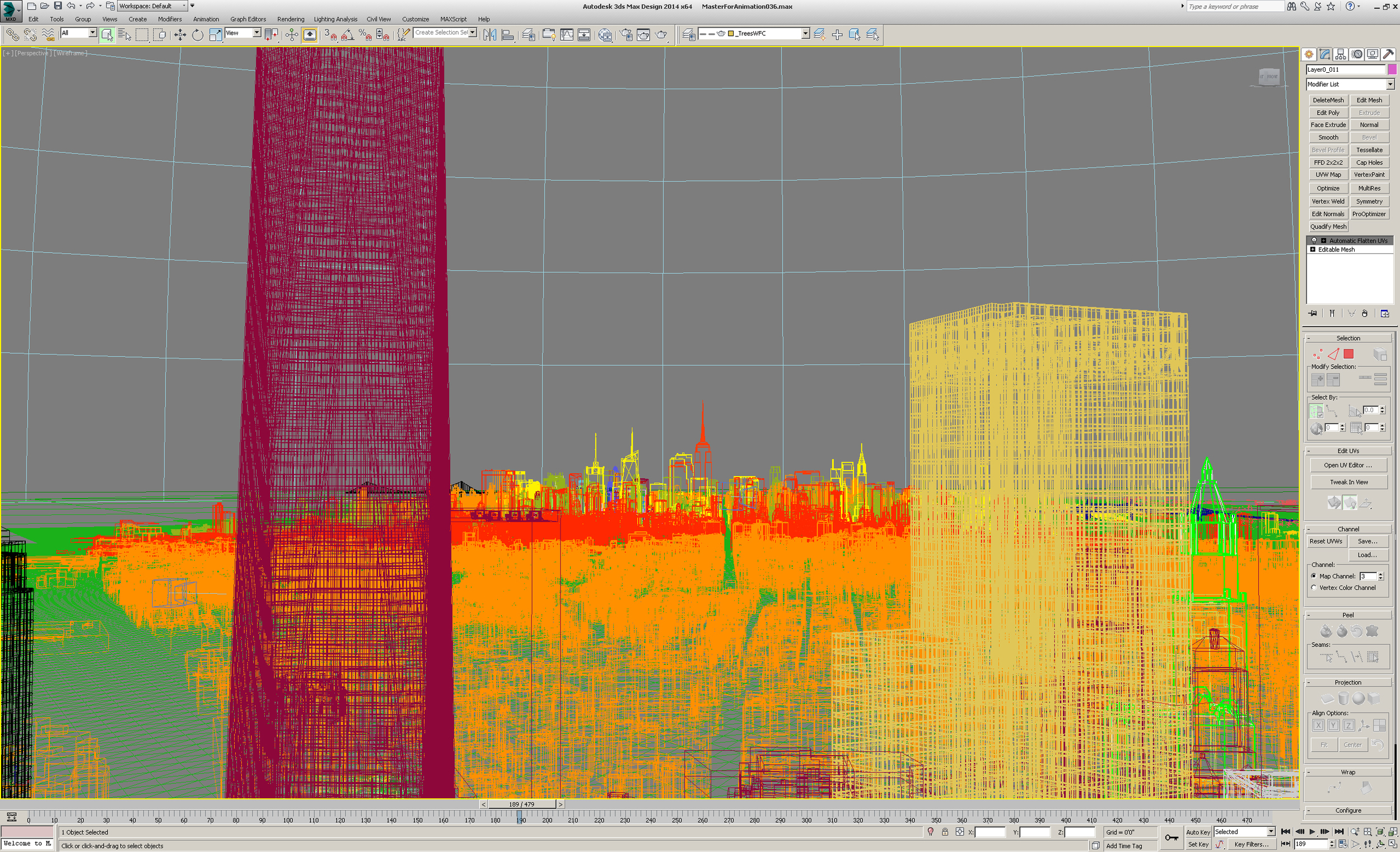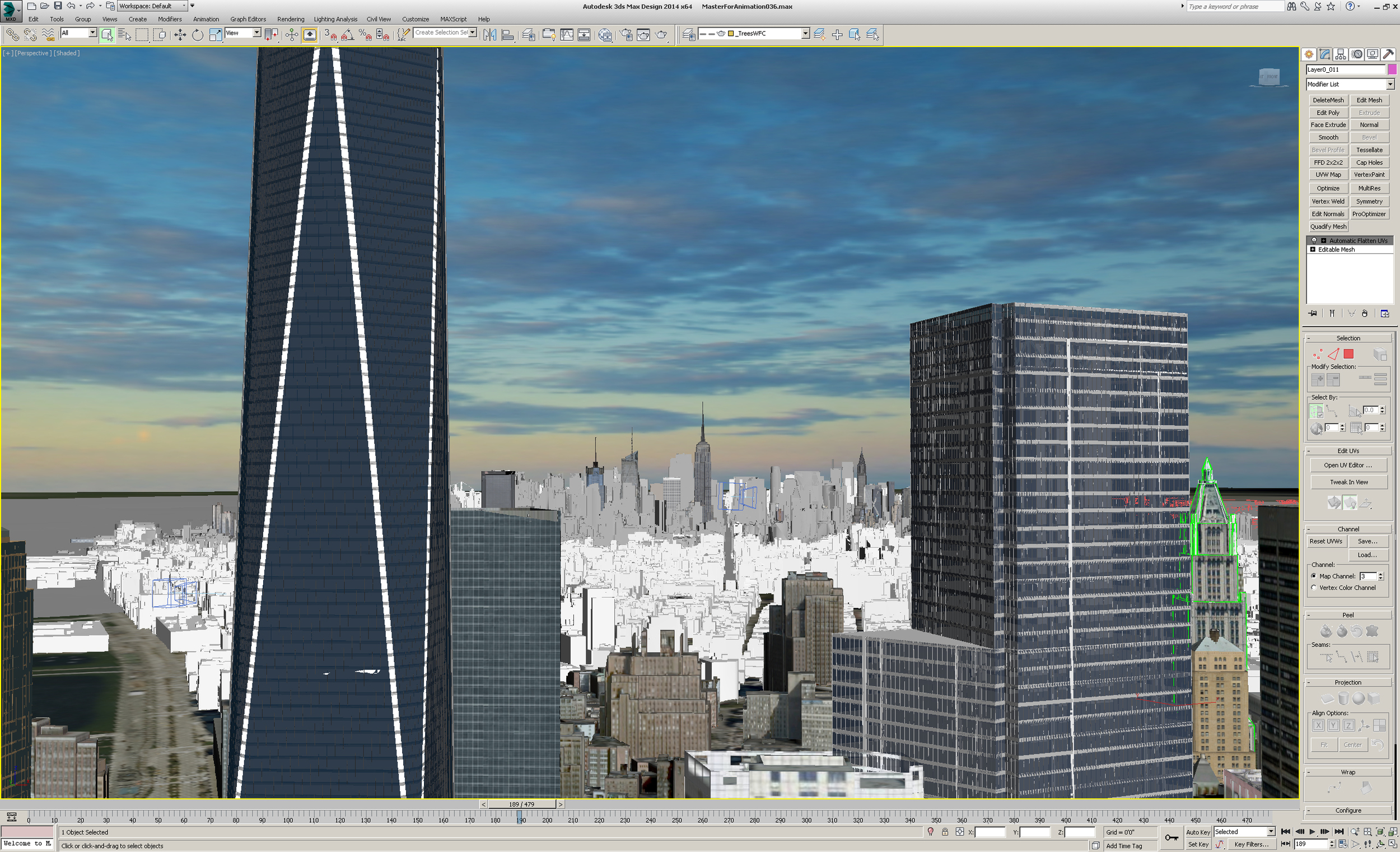DIGITAL VISUALIZATION FOR DESIGN PROFESSIONALS I
An Introduction To Using 3DS Max & VRay As Design Tools Under Real-World Conditions
This course is designed to get professionals in architecture and related design professions off to a good start using 3DS Max and VRay. All instruction is geared toward giving you the skills you need to use these tools effectively in a typical, real-world office environment under tight deadlines and with less-than-optimal computer resources.
THIS COURSE IS FOR:
Anyone with a design background who wants to get a solid foundation in modeling, materials, lighting and rendering using 3DS Max and VRay. At least some prior exposure to computer graphics and 3D modeling software is expected, but prior formal study or experience specifically with 3DS Max and VRay is not required.
DETAILS:
LOCATION: AJSNY. 1140 Broadway, Fifth Floor, New York, NY 10001
DATES: This is an intensive, two-day course that takes place over a single weekend. It will be offered at least two weekends each month (assuming sufficient enrollment). The minimum class size is two people, the maximum is eight. In the event that you have registered for a class that does not have sufficient enrollment two days prior to its start date, you will receive a full refund of your registration fee and priority in registering for a future date of your choice.
TIME: Each day of instruction begins at 9AM and wraps up at 6PM with a one hour break for lunch. Complimentary coffee, tea and filtered water are available throughout each day, but students should expect to make their own arrangements for lunch.
SOFTWARE: 3DS Max 2016, VRay 3.4 (All software is provided on workstations in AJSNY's instructional studio)
AIA CES Learning Units: 16
COST: $1200/seat
LEARNING OBJECTIVES:
After completing this course, you'll be able to:
- Navigate the 3DS Max interface, understand key settings and fundamental concepts that will help you avoid common pitfalls as you begin to use the software for increasingly complex work.
- Understand the full range of geometry creation and modification tools in 3DS Max and recognize those most useful for design.
- Model design concepts using techniques uniquely suited to design exploration and iteration.
- Build and apply basic VRay materials, apply UVW mapping coordinates to geometry and understand the range of advanced material properties and affects available.
- Understand and use VRay lights and the VRay camera efficiently and consistently across different types of design scenarios.
- Understand and apply fundamental Global Illumination Rendering concepts to produce convincing imagery efficiently within the time and resource limitations of a typical, real-world design office environment.
COURSE OUTLINE:
Understanding the Max Interface & Basic Concepts
- Making the best of the default configuration. Toolbars, Quad Menus and the Tray. Pros and cons of interface customization.
- AutoSave (and why you don't need it), Spinner Precision, Units, User Paths, Viewport background vs. rendering background.
- Navigating in 3D space. The value of operating entirely in a 3D perspective (rather than orthographic) viewport.
- Understanding viewport configuration options and striking the right balance between detail and performance.
- The Universal Coordinate System, World Space, the Home Grid and other key concepts.
2D and 3D Geometry
- 2D primitives. Splines, Extended Splines, vertex types and understanding curvature approximation.
- Snaps in 3DS Max. 2.5D? Seriously?
- 3D primitives, "Extended" Primities and Compound Objects.
- AEC Extended Primitives, Windows, Doors and Stairs. Do you really need them?
- Understanding basic object properties, layers and inheritance.
- Moving, rotating, scaling and the Object Transform Matrix.
- Copying objects. Clones vs. Instances vs. References and why it pays to understand the differences.
- Attaching vs. Grouping. When to use which and why.
- Modifiers and the Object Modifier Stack. Applying, removing, reorganizing, copying and pasting modifiers.
- More about the Object Modifier Stack. When to keep it, when to collapse it.
Modeling
- Sub-objects: Understanding vertices, segments, edges, borders, faces, polygons and elements.
- Understanding "Stack Selection" and applying modifiers at the sub-object level.
- Tried and true modeling methods and shortcuts especially useful in architectural and related design: Shell, Sweep, Surface, Lathe and Lattice.
- Boolean operations and Shapemerge. Generally to be avoided, but occasionally valid modeling methods.
- NURBS and why they're not particularly useful in 3DS Max.
- Subdivision Surface Modeling (a.k.a. Polygon Modeling or Box Modeling). The one modeling method you can't afford not to know.
- Meshsmooth vs. Turbosmooth (and why neither has much of anything to do with the Smooth modifier).
- Even more about the Object Modifier Stack: Applying Edit Mesh and Edit Poly at the sub-object level to facilitate iterative design exploration.
Materials, Maps and UVW Coordinates
- Understanding 3DS Max's Slate Material Editor and the node-based shader network paradigm.
- VRay material basics: Understanding diffuse color, reflectivity, refraction, IOR and BRDF models.
- More VRay material basics: Best practices for approximating common materials.
- Texture maps. Diffuse, reflection and bump maps. How to get started making your own and how to use them once you've got them.
- UVW Coordinates. Understsanding the UVW mapping modifier and basic mapping types: Planar, Cylindrical, Spherical and Box.
- Why using the "Real-World Mapping" feature isn't always a good idea.
- UVW Unwrap and using the Viewport Canvas tool.
- An overview of more advanced material properties: Translucency, sub-surface scattering and self-illumination.
Lighting and Cameras
- Understanding VRay light types: VRayLight, VRayIES and the VRaySun.
- The VRay Sun/Sky system and Max's Daylight System: Getting them to work together.
- Using VRayLight mesh lights: Pros and Cons.
- Real-world lighting units, color temperature and IES profiles.
- The VRayPhysicalCamera, exposure control and the photographic approach to rendering.
Rendering
- Understanding key VRay render settings: Trace depth, Filtering, Color Mapping, understanding Subdivision settings and Noise.
- What you really need to know about Global Illumination and the various approaches to approximating it.
- Quality, Memory Overhead and Speed. How to get the best possible results with the hardware you have.
- Render elements and laying the foundation for easier post-production.
- Distributed Network Rendering with VRay.



